By calling this number, you consent to receive a follow-up text message from Erosion Control Direct if the call is missed
By calling this number, you consent to receive a follow-up text message from Erosion Control Direct if the call is missed
High-Quality Erosion Control Products for Every Project
Erosion Control Direct, Your Partner in Erosion Control Solutions
High-Quality Erosion Control Products for Every Project
Erosion Control Direct, Your Partner in Erosion Control Solutions
Our Erosion Control Products
Discover a Diverse Selection of Specialized Erosion Control Solutions Tailored to Safeguard Your Land
Our Erosion Control Products
Discover a Diverse Selection of Specialized Erosion Control Solutions Tailored to Safeguard Your Land
Need a Quotation?
Click below to speak with one of our professionals
Need a Quotation?
Click below to speak with one of our professionals
Why Choose Erosion Control Direct?
Choosing Erosion Control Direct for your erosion control needs means partnering with a seasoned expert in the field. With over a decade of experience, we have honed our expertise in supplying top-quality erosion control products. Our comprehensive range of solutions, from silt fences to geotextile fabrics, is designed to meet the diverse needs of both large-scale construction projects and small-scale landscaping efforts.
Our commitment to quality and sustainability ensures that every product in our inventory not only meets but exceeds industry standards. We understand the critical importance of protecting the environment while maintaining project timelines and budgets. That's why we offer products that are both effective and eco-friendly, providing you with the tools you need to prevent soil erosion, stabilize terrain, and promote healthy vegetation growth.
At Erosion Control Direct, we believe in building strong relationships with our clients in the United States. Our knowledgeable team is always on hand to provide expert advice, ensuring you select the right products for your specific erosion control challenges. With our proven track record, dedication to customer service, and unwavering commitment to environmental stewardship, Erosion Control Direct is your trusted partner in safeguarding your landscapes and construction sites against erosion.
Why Choose Erosion Control Direct?
Choosing Erosion Control Direct for your erosion control needs means partnering with a seasoned expert in the field. With over a decade of experience, we have honed our expertise in supplying top-quality erosion control products. Our comprehensive range of solutions, from silt fences to geotextile fabrics, is designed to meet the diverse needs of both large-scale construction projects and small-scale landscaping efforts.
Our commitment to quality and sustainability ensures that every product in our inventory not only meets but exceeds industry standards. We understand the critical importance of protecting the environment while maintaining project timelines and budgets. That's why we offer products that are both effective and eco-friendly, providing you with the tools you need to prevent soil erosion, stabilize terrain, and promote healthy vegetation growth.
At Erosion Control Direct, we believe in building strong relationships with our clients in the United States. Our knowledgeable team is always on hand to provide expert advice, ensuring you select the right products for your specific erosion control challenges. With our proven track record, dedication to customer service, and unwavering commitment to environmental stewardship, Erosion Control Direct is your trusted partner in safeguarding your landscapes and construction sites against erosion.
Featured Blog Articles
From the Experts: Navigating the Landscape of Erosion Control

Understanding Erosion Control Costs: A Comprehensive Breakdown for Project Planning
Discover a comprehensive breakdown of erosion control costs for project planning. Learn about factors influencing costs, cost-effective methods, and expert insights for optimizing your erosion control... ...more
Erosion Control
July 17, 2024•9 min read
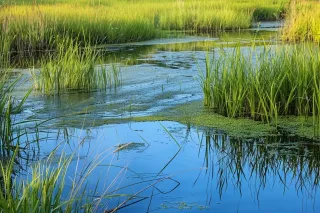
Preserving Delicate Ecosystems: Specialized Wetland Erosion Control Solutions
Discover specialized wetland erosion control solutions for preserving delicate ecosystems. Learn about bioengineering techniques, innovative approaches, and best practices for effective wetland protec... ...more
Erosion Control
July 17, 2024•9 min read
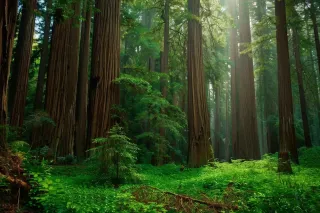
Protecting Our Woodlands: Top Forest Erosion Control Solutions and Strategies
Discover top forest erosion control solutions and strategies. Learn about reforestation, innovative techniques, and expert insights for protecting woodlands and preventing soil loss. ...more
Erosion Control
July 17, 2024•9 min read
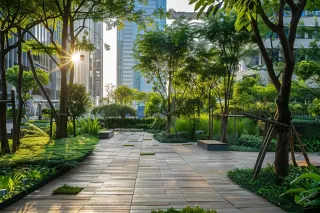
Urban Erosion Management: Effective Solutions for City Landscape Challenges
Discover effective urban erosion management solutions for city landscape challenges. Learn about innovative techniques, best practices, and expert insights for sustainable urban development. ...more
Erosion Control
July 17, 2024•8 min read
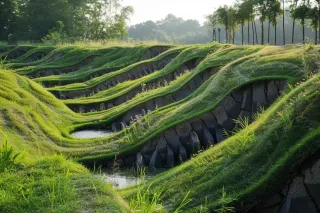
Emerging Trends: The Future of Erosion Control Solutions and Technologies
Discover the future of erosion control solutions and technologies. Learn about AI, drones, sustainable materials, and geosynthetics shaping the future of erosion control. ...more
Erosion Control
July 17, 2024•7 min read
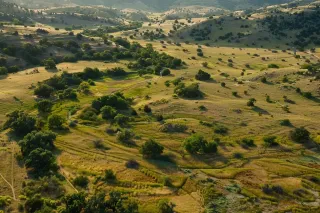
Decision-Making Guide: Selecting the Right Erosion Control Solutions for Your Project
Discover how to select the right erosion control solutions for your project. Learn expert strategies, innovative techniques, and product recommendations to ensure effective and sustainable erosion man... ...more
Erosion Control
July 17, 2024•9 min read
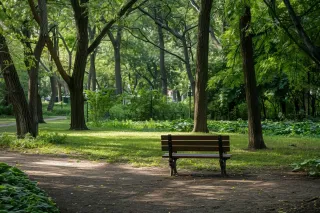
Preserving Natural Spaces: Erosion Control Solutions for Parks and Recreation Areas
Discover effective erosion control solutions for parks and recreation areas. Learn expert strategies, innovative techniques, and product recommendations to preserve natural spaces from erosion. ...more
Erosion Control
July 17, 2024•9 min read
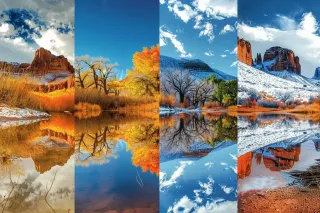
Year-Round Protection: Seasonal Erosion Control Solutions for Changing Weather
Discover effective seasonal erosion control solutions for year-round protection. Learn expert strategies, innovative techniques, and product recommendations to combat erosion in changing weather condi... ...more
Erosion Control
July 17, 2024•8 min read
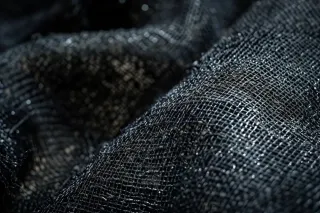
Investing in Durability: Long-Lasting Erosion Control Solutions for Persistent Protection
Discover long-lasting erosion control solutions for persistent protection. Learn expert strategies, innovative techniques, and real-world examples to ensure durable erosion control. ...more
Erosion Control
July 17, 2024•8 min read
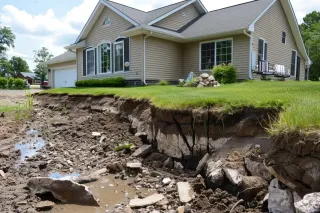
Homeowner’s Guide: Effective Residential Erosion Control Solutions and Techniques
Discover effective residential erosion control solutions and techniques. Learn expert strategies, innovative methods, and real-world examples to protect your home and landscape from soil erosion. ...more
Erosion Control
July 17, 2024•8 min read

Weathering the Storm: Top Erosion Control Solutions for High-Rainfall Regions
Discover top erosion control solutions for high-rainfall regions. Learn expert strategies, innovative techniques, and real-world examples to protect your land from soil erosion effectively. ...more
Erosion Control
July 17, 2024•9 min read
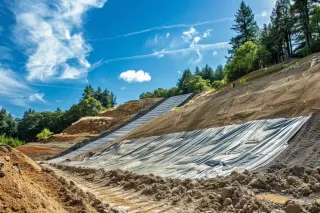
Maximizing Efficiency: Best Practices for Implementing Erosion Control Solutions
Discover best practices for implementing effective erosion control solutions. Learn expert strategies, innovative techniques, and real-world examples to maximize efficiency in protecting your land fro... ...more
Erosion Control
July 17, 2024•7 min read
Featured Blog Articles
From the Experts: Navigating the Landscape of Erosion Control
Understanding Erosion Control Costs: A Comprehensive Breakdown for Project Planning
Discover a comprehensive breakdown of erosion control costs for project planning. Learn about factors influencing costs, cost-effective methods, and expert insights for optimizing your erosion control... ...more
Erosion Control
July 17, 2024•9 min read

Preserving Delicate Ecosystems: Specialized Wetland Erosion Control Solutions
Discover specialized wetland erosion control solutions for preserving delicate ecosystems. Learn about bioengineering techniques, innovative approaches, and best practices for effective wetland protec... ...more
Erosion Control
July 17, 2024•9 min read

Protecting Our Woodlands: Top Forest Erosion Control Solutions and Strategies
Discover top forest erosion control solutions and strategies. Learn about reforestation, innovative techniques, and expert insights for protecting woodlands and preventing soil loss. ...more
Erosion Control
July 17, 2024•9 min read

Urban Erosion Management: Effective Solutions for City Landscape Challenges
Discover effective urban erosion management solutions for city landscape challenges. Learn about innovative techniques, best practices, and expert insights for sustainable urban development. ...more
Erosion Control
July 17, 2024•8 min read

Emerging Trends: The Future of Erosion Control Solutions and Technologies
Discover the future of erosion control solutions and technologies. Learn about AI, drones, sustainable materials, and geosynthetics shaping the future of erosion control. ...more
Erosion Control
July 17, 2024•7 min read

Decision-Making Guide: Selecting the Right Erosion Control Solutions for Your Project
Discover how to select the right erosion control solutions for your project. Learn expert strategies, innovative techniques, and product recommendations to ensure effective and sustainable erosion man... ...more
Erosion Control
July 17, 2024•9 min read

Preserving Natural Spaces: Erosion Control Solutions for Parks and Recreation Areas
Discover effective erosion control solutions for parks and recreation areas. Learn expert strategies, innovative techniques, and product recommendations to preserve natural spaces from erosion. ...more
Erosion Control
July 17, 2024•9 min read

Year-Round Protection: Seasonal Erosion Control Solutions for Changing Weather
Discover effective seasonal erosion control solutions for year-round protection. Learn expert strategies, innovative techniques, and product recommendations to combat erosion in changing weather condi... ...more
Erosion Control
July 17, 2024•8 min read

Investing in Durability: Long-Lasting Erosion Control Solutions for Persistent Protection
Discover long-lasting erosion control solutions for persistent protection. Learn expert strategies, innovative techniques, and real-world examples to ensure durable erosion control. ...more
Erosion Control
July 17, 2024•8 min read

Homeowner’s Guide: Effective Residential Erosion Control Solutions and Techniques
Discover effective residential erosion control solutions and techniques. Learn expert strategies, innovative methods, and real-world examples to protect your home and landscape from soil erosion. ...more
Erosion Control
July 17, 2024•8 min read

FAQs
Your frequently asked questions answered
What is the best material to stop erosion?
The best material to stop erosion can vary depending on the specific conditions and requirements of the site in question. Organic mulches like straw and wood fiber are indeed very effective, as they not only shield the soil from the direct impact of rainfall but also facilitate the establishment of vegetation by improving soil moisture retention. For steeper slopes or areas with faster-moving water, erosion control blankets, coir logs (coconut husk), or riprap—large stones used to stabilize shorelines and stream banks—may be necessary. In addition, living plants are excellent at preventing erosion; deep-rooted grasses and shrubs can stabilize the soil and dissipate the energy of flowing water. Ultimately, the optimal choice is a combination of materials and methods tailored to the local environment, soil type, slope, and the level of erosive forces present.
What is the best erosion control?
The best erosion control strategies typically involve a combination of techniques that address the specific needs of the landscape in question. These strategies can include the use of physical barriers such as rocks, sediment control logs, and perimeter control fencing to intercept and slow down surface water flow, thereby reducing erosion potential. Vegetative measures are also pivotal, with plants, grasses, and trees acting as a natural defense to anchor the soil. Moreover, land management practices like terracing and contouring can significantly decrease erosion on slopes by altering the physical landscape to minimize runoff velocity and soil displacement. Selecting and combining these approaches based on the land's characteristics ensures the most effective protection against erosion.
What is the cheapest erosion control?
The cheapest erosion control methods are those that are cost-effective and make use of readily available materials. These often include the application of agricultural by-products such as straw, which can be used as a mulch to cover bare soil and prevent erosion. Planting fast-growing grasses or ground cover is another economical solution, as it provides quick stabilization of the soil with the additional benefit of enhancing the site's ecological value. Utilizing recycled materials like crushed concrete for riprap or reclaimed wood for sediment barriers also helps reduce costs. Implementing simple management practices such as no-till farming can significantly decrease erosion without incurring large expenses. In urban settings, installing rain barrels or creating rain gardens can be an affordable way to manage stormwater and minimize its erosive force. The most cost-effective method will depend on local availability of materials and the specific erosion challenges of the site.
What is erosion control product?
An erosion control product is a specialized material or structure designed to prevent or minimize soil erosion caused by wind, water, or other natural forces. These products range from physical barriers, such as erosion control mats or blankets, to biodegradable items, such as straw wattles and coir logs. They are typically implemented in areas where vegetation has not been established or where natural cover is insufficient to protect the soil. The goal of these products is to reduce the speed of surface runoff, facilitate water infiltration, and provide protection for emerging seedlings, ultimately maintaining the integrity of the soil and preventing loss due to erosion.
How do you keep soil from washing away on a slope?
To keep soil from washing away on a slope, one effective method is to plant ground cover with deep root systems that will hold the soil in place. Terracing, which involves creating stepped levels on the slope, can also drastically reduce runoff and soil erosion. Additional strategies include using erosion control fabrics or mat that protect the soil surface while vegetation becomes established, and constructing retaining walls or riprap barriers to physically prevent the soil from moving. Incorporating organic matter such as mulch or compost can improve soil structure and increase its ability to absorb water, further preventing erosion. For immediate protection, sediment control devices like silt fencing or straw wattles can be installed to catch and slow the movement of sediment.
What is the best way to cover the soil from erosion?
The best way to cover and protect soil from erosion is by establishing a vegetative cover such as grass, shrubs, or other ground cover plants that can stabilize the soil with their root systems. In tandem with vegetation, mulching with organic materials like straw or wood chips can provide immediate surface protection, helping to absorb the impact of raindrops and reduce the speed of water runoff. For areas where vegetation takes time to establish, erosion control blankets, mats, or geotextiles can be applied as they offer a temporary protective layer and support plant growth. Additionally, employing earth-shaping techniques such as terracing or contouring can help reduce the velocity of water flow and enhance the soil's ability to retain water, thereby preventing erosion.
How do you stop a hill from eroding?
To stop a hill from eroding, stabilizing the slope is crucial. This can be achieved by planting a variety of deep-rooted vegetation that can hold the soil together and absorb excess water. Another method is the construction of terraces or retention walls which break up the slope and prevent water from rushing down its length. Employing erosion control products like geotextiles, erosion control blankets, or biodegradable mats can provide immediate protection while vegetation becomes established. Strategic placement of rocks or riprap can also dissipate the energy of flowing water and minimize soil displacement. It is important to integrate these measures with proper drainage systems to effectively manage water flow and reduce its erosive potential on the hill.
What is the best natural defense against erosion?
The best natural defense against erosion is a robust vegetation cover, which includes a mix of trees, shrubs, grasses, and groundcovers. The roots of these plants bind the soil together, reducing its susceptibility to wind and water forces. Additionally, the canopy created by vegetation buffers the impact of raindrops, decreasing the potential for soil displacement. For shorelines and riverbanks, mangroves and other wetland plants are extremely effective in reducing erosion by dampening the force of waves and stabilizing sediment with their complex root systems. Moreover, the practice of maintaining natural vegetation buffers around fields and waterways is a sustainable and eco-friendly approach to preserving soil integrity and preventing erosion.
Can you use landscape fabric for erosion control?
Yes, landscape fabric can be used for erosion control. It acts as a barrier to minimize soil loss while allowing water and air to penetrate, promoting healthy soil conditions. When installed properly, landscape fabric can support the soil structure on slopes and in garden beds, preventing the washing away of soil during heavy rains. It is often used in conjunction with other erosion control measures such as planting vegetation, applying mulch, or installing retaining walls for enhanced stability. The fabric is particularly effective when covered with a layer of organic material like mulch or straw, which also helps to retain soil moisture and suppress weed growth, further protecting against erosion.
What are 10 ways to reduce soil erosion?
Ten ways to reduce soil erosion include:Planting vegetation:
Trees, shrubs, grasses, and ground covers can anchor soil with their roots.
Using mulch and organic matter: Covering the soil with mulch or compost can protect it from the impact of raindrops and reduce runoff.
Building terraces: Terracing on slopes breaks up the land into flatter, more manageable sections, slowing water flow.
Constructing retaining walls: These can hold back soil on steep slopes and prevent landslides.
Implementing contour farming: Planting along the natural contours of the land reduces water flow and soil loss.
Applying geotextiles: Synthetic or natural fabrics can be used to stabilize soil, support plant growth, and filter water.
Creating windbreaks: Planting trees or shrubs to act as barriers against wind can minimize wind erosion.
Establishing riparian buffers: Vegetated areas along waterways can trap sediment and prevent stream bank erosion.
Utilizing cover crops: Growing crops during off-season periods protects the soil from erosion and improves soil health.
Practicing no-till or reduced-till farming: Minimizing soil disturbance helps maintain soil structure and reduce erosion.
These methods, individually or in combination, can effectively minimize soil erosion and preserve land fertility.
How can architecture and botany be integrated into erosion control products like geotextiles and hydromulch for sustainable land development?
Combining architectural design with botany allows for the creation of erosion control products that work with the natural environment. For example, geotextiles can be used for soil stabilization and reinforcement in construction, which, when combined with hydromulch that includes seeds selected through botanic expertise, creates a synergy that effectively prevents erosion and promotes vegetation in land development projects.
In agricultural and construction projects, how do factors like soil texture, climate, and seasonal variations influence the selection and application of erosion control measures such as silt fences, geocells, and gabions?
In both agricultural and construction projects, understanding soil texture is crucial for choosing the right erosion control solution, such as the mesh size in silt fences or the cell size in geocells. Climate factors, including the risk of corrosion from humidity or UV damage, inform the choice of materials and any necessary coatings. Seasonal changes guide the timing of installation and maintenance schedules, ensuring that solutions like gabions withstand seasonal storms and manage water flow effectively.
How does the commitment to environmental sustainability within the supply chain enhance the longevity and effectiveness of erosion control accessories, and what practices ensure the durability of these products against factors like corrosion and UV damage?
Sustainable supply chain practices enhance the effectiveness of erosion control accessories by ensuring that the materials used, such as UV-resistant polyvinyl chloride for geotextiles or corrosion-resistant coatings for steel elements in gabions, are durable and environmentally friendly. Additionally, proper maintenance and the selection of perennial plant seeds for erosion control contribute to the longevity of these products, while practices like the reuse of certain materials can bolster environmental and economic sustainability.
How can problem solving in spatial planning enhance the application of erosion control techniques in urban settings, like managing stormwater runoff on highways or in residential areas?
Problem solving in the spatial planning of urban environments is key to implementing effective erosion control techniques. For instance, strategically placed sandbags can serve as quick solutions for flood management along highways, maximizing limited space for immediate water diversion. Similarly, the use of tackifiers in hydroseeding helps to secure soil and seeds in residential areas where space is at a premium, reducing runoff and maintaining the integrity of green spaces. These problem-solving approaches, combined with the installation of dewatering bags and strategic vegetation planting, address the unique challenges of managing stormwater and preventing erosion in densely built environments.
How does the weaving technique enhance the physical strength of erosion control products like jute and nonwoven fabric geotextiles?
Weaving techniques are crucial in creating durable erosion control products. For instance, tightly woven jute fabrics and nonwoven geotextiles are designed to withstand various environmental stresses. This manufacturing process imparts the physical strength necessary for the products to prevent soil displacement and survive different seasons and temperatures, from the heat of asphalt concrete-laden highways to the moisture of a farm's field.
Can peat be considered a viable natural resource for agricultural erosion control, and what are the cost benefits compared to mechanically stabilized earth methods?
Peat, with its ability to retain water and support germination, is a valuable natural resource for agriculture-based erosion control, especially in locations with a high frequency of storms or monsoons. While mechanically stabilized earth provides a more structured solution, peat can be more cost-effective and offers a softer, organic approach suitable for farms or areas near natural fjords where environmental sensitivity is crucial.
What type of coatings are applied to erosion control products to ensure longevity and effectiveness, particularly for those used in high-traffic areas like highways or construction sites near outlet stores and houses?
Coatings on erosion control products, such as UV-resistant treatments on polyester fabrics or water-repellent layers on wood wool and hessian fabric, are applied to extend product lifetime. These coatings protect against elements such as UV rays and moisture, ensuring that the products remain effective even with the heavy wear they may experience in high-traffic areas like highways or the busy logistics environment of construction sites.
In the context of everyday life, how can the average homeowner use retail-available erosion control solutions like gabions or tackifiers for landscaping and weed control around their house and garden?
Homeowners can easily integrate erosion control solutions into their everyday gardening practices. Retail-available products like gabions can be used for aesthetic and functional landscaping, doubling as garden walls or benches, while tackifiers can be applied during seeding to enhance growth and weed control. These practices not only improve the appearance of a home's landscape but also contribute to the overall health of the environment by preserving topsoil and supporting the ecosystem.
FAQs
Your frequently asked questions answered
What is the best material to stop erosion?
The best material to stop erosion can vary depending on the specific conditions and requirements of the site in question. Organic mulches like straw and wood fiber are indeed very effective, as they not only shield the soil from the direct impact of rainfall but also facilitate the establishment of vegetation by improving soil moisture retention. For steeper slopes or areas with faster-moving water, erosion control blankets, coir logs (coconut husk), or riprap—large stones used to stabilize shorelines and stream banks—may be necessary. In addition, living plants are excellent at preventing erosion; deep-rooted grasses and shrubs can stabilize the soil and dissipate the energy of flowing water. Ultimately, the optimal choice is a combination of materials and methods tailored to the local environment, soil type, slope, and the level of erosive forces present.
What is the best erosion control?
The best erosion control strategies typically involve a combination of techniques that address the specific needs of the landscape in question. These strategies can include the use of physical barriers such as rocks, sediment control logs, and perimeter control fencing to intercept and slow down surface water flow, thereby reducing erosion potential. Vegetative measures are also pivotal, with plants, grasses, and trees acting as a natural defense to anchor the soil. Moreover, land management practices like terracing and contouring can significantly decrease erosion on slopes by altering the physical landscape to minimize runoff velocity and soil displacement. Selecting and combining these approaches based on the land's characteristics ensures the most effective protection against erosion.
What is the cheapest erosion control?
The cheapest erosion control methods are those that are cost-effective and make use of readily available materials. These often include the application of agricultural by-products such as straw, which can be used as a mulch to cover bare soil and prevent erosion. Planting fast-growing grasses or ground cover is another economical solution, as it provides quick stabilization of the soil with the additional benefit of enhancing the site's ecological value. Utilizing recycled materials like crushed concrete for riprap or reclaimed wood for sediment barriers also helps reduce costs. Implementing simple management practices such as no-till farming can significantly decrease erosion without incurring large expenses. In urban settings, installing rain barrels or creating rain gardens can be an affordable way to manage stormwater and minimize its erosive force. The most cost-effective method will depend on local availability of materials and the specific erosion challenges of the site.
What is erosion control product?
An erosion control product is a specialized material or structure designed to prevent or minimize soil erosion caused by wind, water, or other natural forces. These products range from physical barriers, such as erosion control mats or blankets, to biodegradable items, such as straw wattles and coir logs. They are typically implemented in areas where vegetation has not been established or where natural cover is insufficient to protect the soil. The goal of these products is to reduce the speed of surface runoff, facilitate water infiltration, and provide protection for emerging seedlings, ultimately maintaining the integrity of the soil and preventing loss due to erosion.
How do you keep soil from washing away on a slope?
To keep soil from washing away on a slope, one effective method is to plant ground cover with deep root systems that will hold the soil in place. Terracing, which involves creating stepped levels on the slope, can also drastically reduce runoff and soil erosion. Additional strategies include using erosion control fabrics or mat that protect the soil surface while vegetation becomes established, and constructing retaining walls or riprap barriers to physically prevent the soil from moving. Incorporating organic matter such as mulch or compost can improve soil structure and increase its ability to absorb water, further preventing erosion. For immediate protection, sediment control devices like silt fencing or straw wattles can be installed to catch and slow the movement of sediment.
What is the best way to cover the soil from erosion?
The best way to cover and protect soil from erosion is by establishing a vegetative cover such as grass, shrubs, or other ground cover plants that can stabilize the soil with their root systems. In tandem with vegetation, mulching with organic materials like straw or wood chips can provide immediate surface protection, helping to absorb the impact of raindrops and reduce the speed of water runoff. For areas where vegetation takes time to establish, erosion control blankets, mats, or geotextiles can be applied as they offer a temporary protective layer and support plant growth. Additionally, employing earth-shaping techniques such as terracing or contouring can help reduce the velocity of water flow and enhance the soil's ability to retain water, thereby preventing erosion.
How do you stop a hill from eroding?
To stop a hill from eroding, stabilizing the slope is crucial. This can be achieved by planting a variety of deep-rooted vegetation that can hold the soil together and absorb excess water. Another method is the construction of terraces or retention walls which break up the slope and prevent water from rushing down its length. Employing erosion control products like geotextiles, erosion control blankets, or biodegradable mats can provide immediate protection while vegetation becomes established. Strategic placement of rocks or riprap can also dissipate the energy of flowing water and minimize soil displacement. It is important to integrate these measures with proper drainage systems to effectively manage water flow and reduce its erosive potential on the hill.
What is the best natural defense against erosion?
The best natural defense against erosion is a robust vegetation cover, which includes a mix of trees, shrubs, grasses, and groundcovers. The roots of these plants bind the soil together, reducing its susceptibility to wind and water forces. Additionally, the canopy created by vegetation buffers the impact of raindrops, decreasing the potential for soil displacement. For shorelines and riverbanks, mangroves and other wetland plants are extremely effective in reducing erosion by dampening the force of waves and stabilizing sediment with their complex root systems. Moreover, the practice of maintaining natural vegetation buffers around fields and waterways is a sustainable and eco-friendly approach to preserving soil integrity and preventing erosion.
Can you use landscape fabric for erosion control?
Yes, landscape fabric can be used for erosion control. It acts as a barrier to minimize soil loss while allowing water and air to penetrate, promoting healthy soil conditions. When installed properly, landscape fabric can support the soil structure on slopes and in garden beds, preventing the washing away of soil during heavy rains. It is often used in conjunction with other erosion control measures such as planting vegetation, applying mulch, or installing retaining walls for enhanced stability. The fabric is particularly effective when covered with a layer of organic material like mulch or straw, which also helps to retain soil moisture and suppress weed growth, further protecting against erosion.
What are 10 ways to reduce soil erosion?
Ten ways to reduce soil erosion include:Planting vegetation:
Trees, shrubs, grasses, and ground covers can anchor soil with their roots.
Using mulch and organic matter: Covering the soil with mulch or compost can protect it from the impact of raindrops and reduce runoff.
Building terraces: Terracing on slopes breaks up the land into flatter, more manageable sections, slowing water flow.
Constructing retaining walls: These can hold back soil on steep slopes and prevent landslides.
Implementing contour farming: Planting along the natural contours of the land reduces water flow and soil loss.
Applying geotextiles: Synthetic or natural fabrics can be used to stabilize soil, support plant growth, and filter water.
Creating windbreaks: Planting trees or shrubs to act as barriers against wind can minimize wind erosion.
Establishing riparian buffers: Vegetated areas along waterways can trap sediment and prevent stream bank erosion.
Utilizing cover crops: Growing crops during off-season periods protects the soil from erosion and improves soil health.
Practicing no-till or reduced-till farming: Minimizing soil disturbance helps maintain soil structure and reduce erosion.
These methods, individually or in combination, can effectively minimize soil erosion and preserve land fertility.
How can architecture and botany be integrated into erosion control products like geotextiles and hydromulch for sustainable land development?
Combining architectural design with botany allows for the creation of erosion control products that work with the natural environment. For example, geotextiles can be used for soil stabilization and reinforcement in construction, which, when combined with hydromulch that includes seeds selected through botanic expertise, creates a synergy that effectively prevents erosion and promotes vegetation in land development projects.
In agricultural and construction projects, how do factors like soil texture, climate, and seasonal variations influence the selection and application of erosion control measures such as silt fences, geocells, and gabions?
In both agricultural and construction projects, understanding soil texture is crucial for choosing the right erosion control solution, such as the mesh size in silt fences or the cell size in geocells. Climate factors, including the risk of corrosion from humidity or UV damage, inform the choice of materials and any necessary coatings. Seasonal changes guide the timing of installation and maintenance schedules, ensuring that solutions like gabions withstand seasonal storms and manage water flow effectively.
How does the commitment to environmental sustainability within the supply chain enhance the longevity and effectiveness of erosion control accessories, and what practices ensure the durability of these products against factors like corrosion and UV damage?
Sustainable supply chain practices enhance the effectiveness of erosion control accessories by ensuring that the materials used, such as UV-resistant polyvinyl chloride for geotextiles or corrosion-resistant coatings for steel elements in gabions, are durable and environmentally friendly. Additionally, proper maintenance and the selection of perennial plant seeds for erosion control contribute to the longevity of these products, while practices like the reuse of certain materials can bolster environmental and economic sustainability.
How can problem solving in spatial planning enhance the application of erosion control techniques in urban settings, like managing stormwater runoff on highways or in residential areas?
Problem solving in the spatial planning of urban environments is key to implementing effective erosion control techniques. For instance, strategically placed sandbags can serve as quick solutions for flood management along highways, maximizing limited space for immediate water diversion. Similarly, the use of tackifiers in hydroseeding helps to secure soil and seeds in residential areas where space is at a premium, reducing runoff and maintaining the integrity of green spaces. These problem-solving approaches, combined with the installation of dewatering bags and strategic vegetation planting, address the unique challenges of managing stormwater and preventing erosion in densely built environments.
How does the weaving technique enhance the physical strength of erosion control products like jute and nonwoven fabric geotextiles?
Weaving techniques are crucial in creating durable erosion control products. For instance, tightly woven jute fabrics and nonwoven geotextiles are designed to withstand various environmental stresses. This manufacturing process imparts the physical strength necessary for the products to prevent soil displacement and survive different seasons and temperatures, from the heat of asphalt concrete-laden highways to the moisture of a farm's field.
Can peat be considered a viable natural resource for agricultural erosion control, and what are the cost benefits compared to mechanically stabilized earth methods?
Peat, with its ability to retain water and support germination, is a valuable natural resource for agriculture-based erosion control, especially in locations with a high frequency of storms or monsoons. While mechanically stabilized earth provides a more structured solution, peat can be more cost-effective and offers a softer, organic approach suitable for farms or areas near natural fjords where environmental sensitivity is crucial.
What type of coatings are applied to erosion control products to ensure longevity and effectiveness, particularly for those used in high-traffic areas like highways or construction sites near outlet stores and houses?
Coatings on erosion control products, such as UV-resistant treatments on polyester fabrics or water-repellent layers on wood wool and hessian fabric, are applied to extend product lifetime. These coatings protect against elements such as UV rays and moisture, ensuring that the products remain effective even with the heavy wear they may experience in high-traffic areas like highways or the busy logistics environment of construction sites.
In the context of everyday life, how can the average homeowner use retail-available erosion control solutions like gabions or tackifiers for landscaping and weed control around their house and garden?
Homeowners can easily integrate erosion control solutions into their everyday gardening practices. Retail-available products like gabions can be used for aesthetic and functional landscaping, doubling as garden walls or benches, while tackifiers can be applied during seeding to enhance growth and weed control. These practices not only improve the appearance of a home's landscape but also contribute to the overall health of the environment by preserving topsoil and supporting the ecosystem.

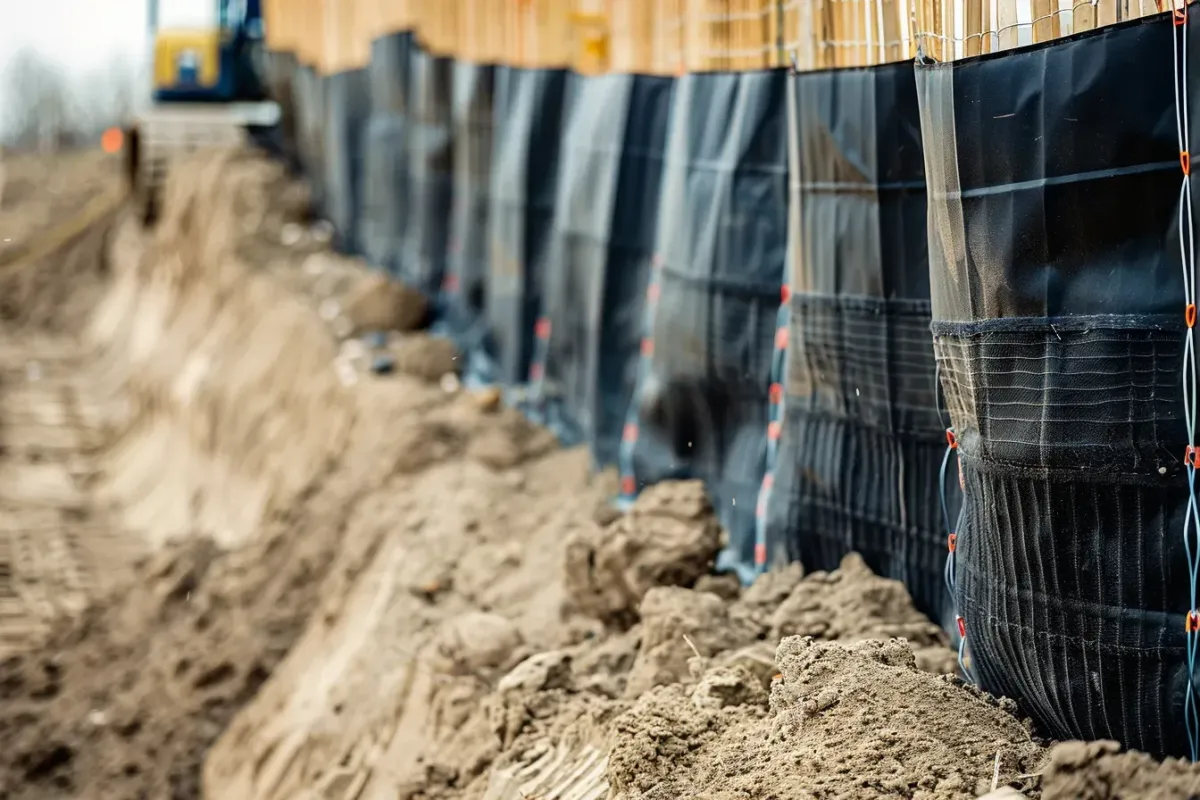
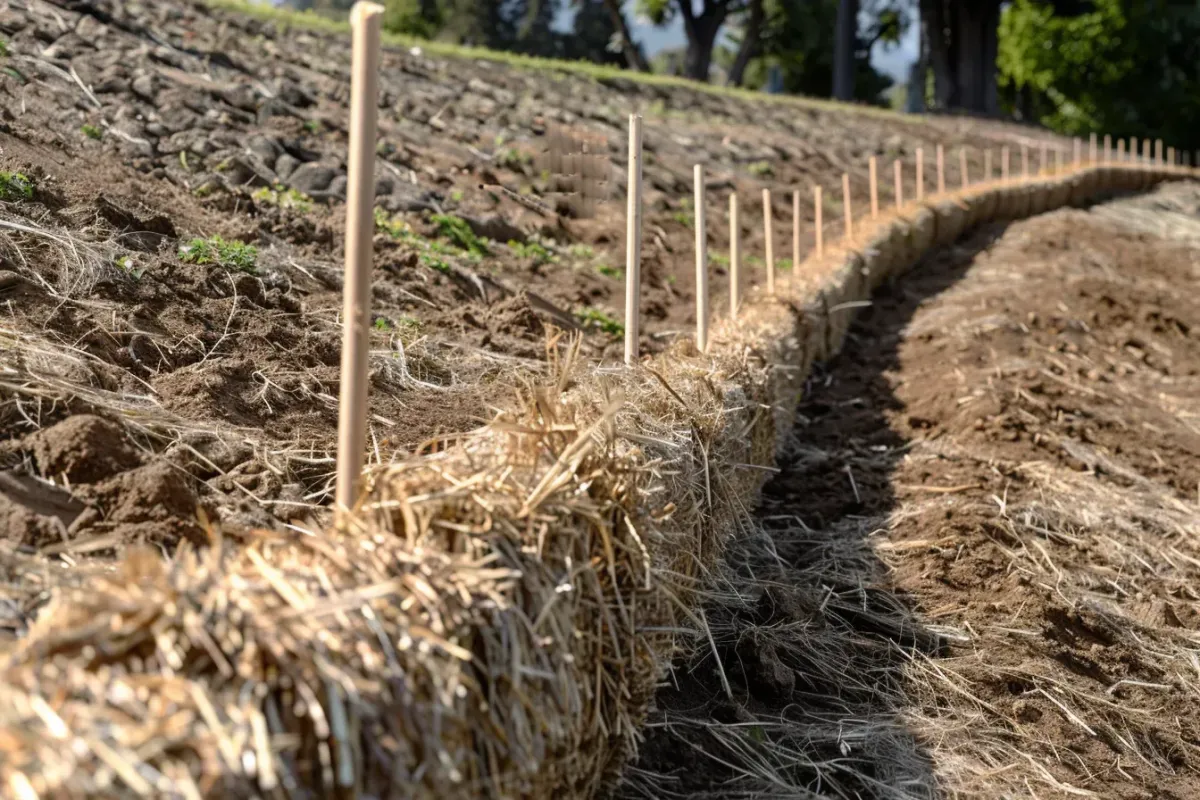
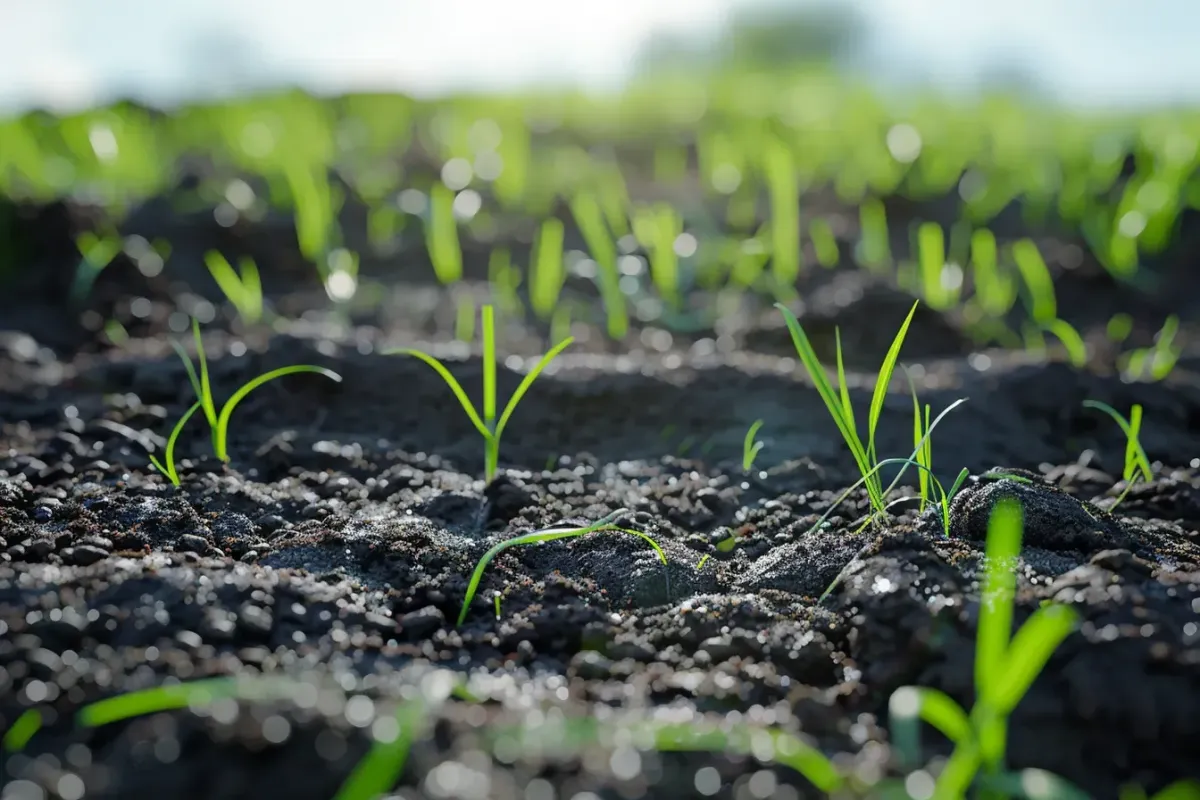

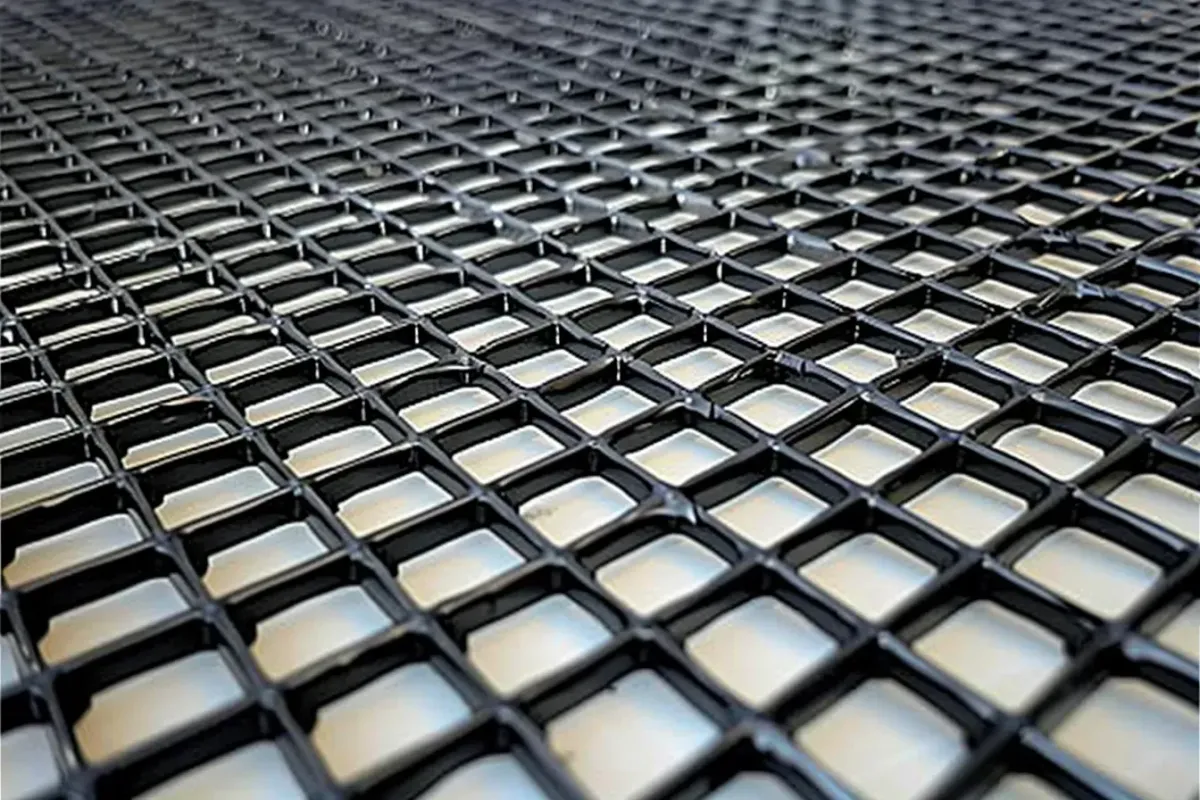
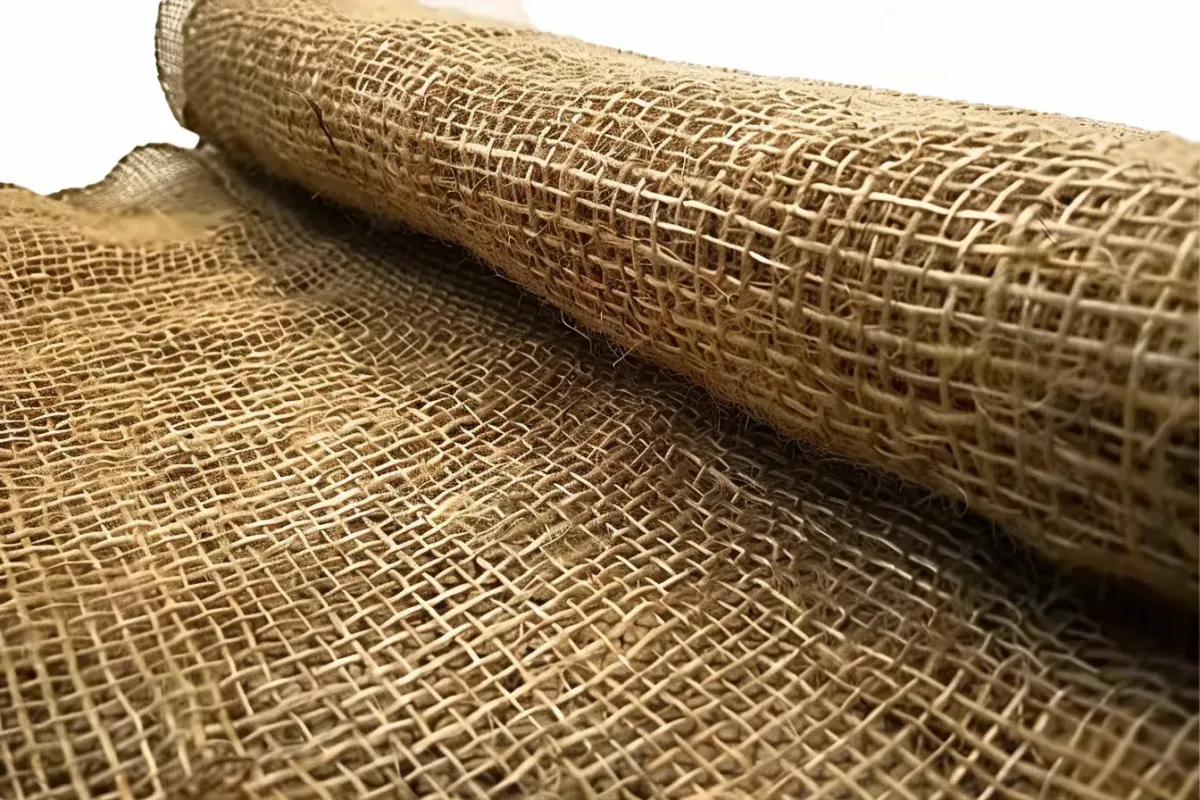
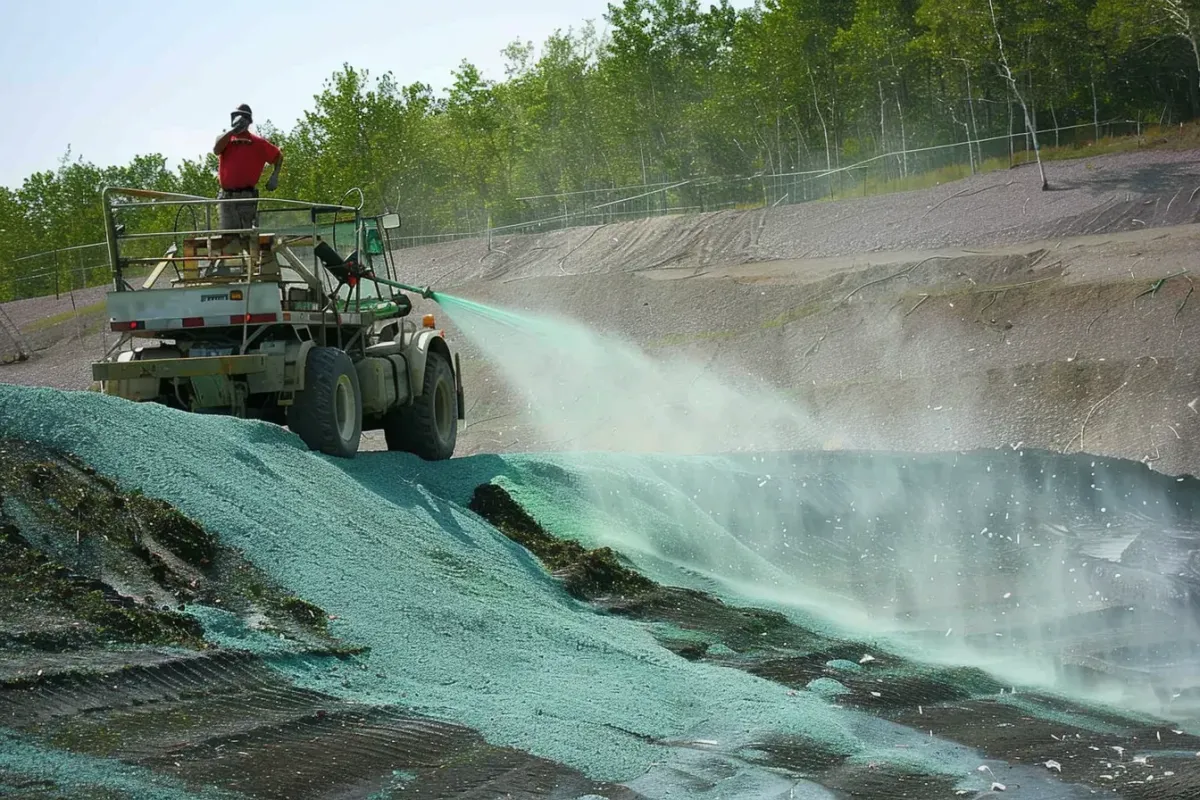
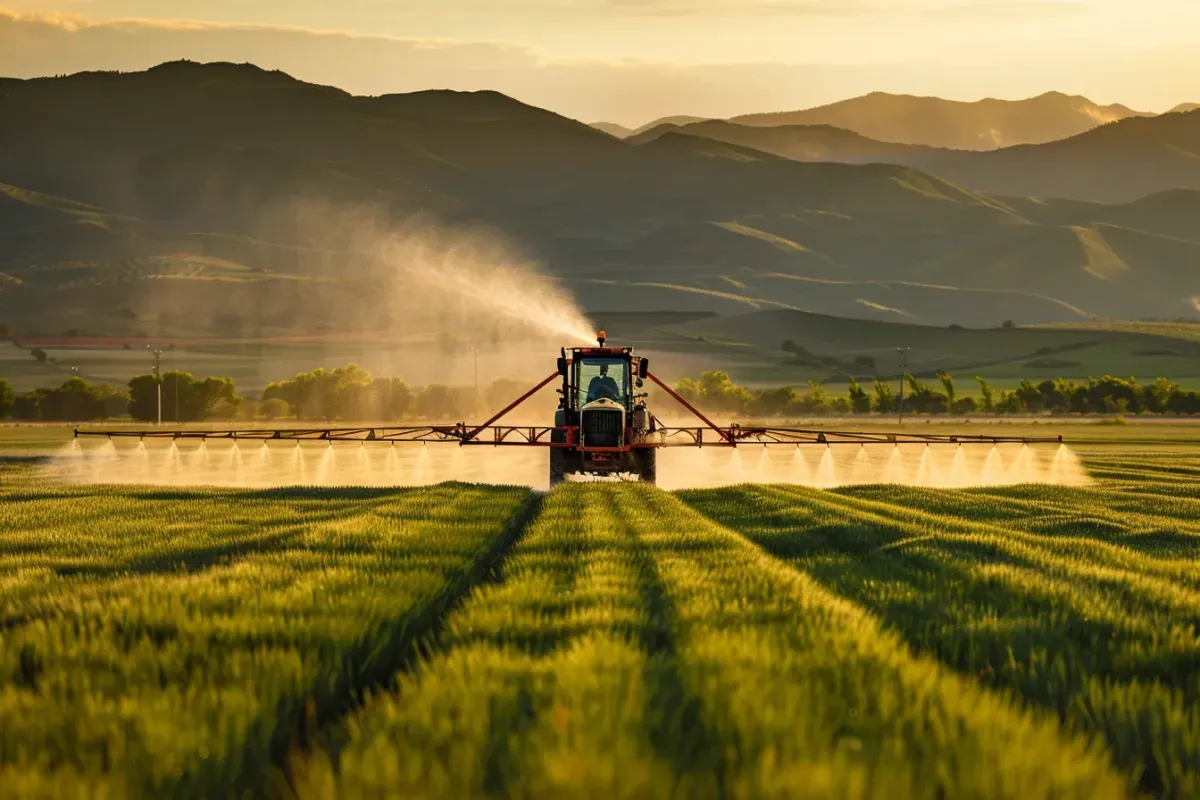

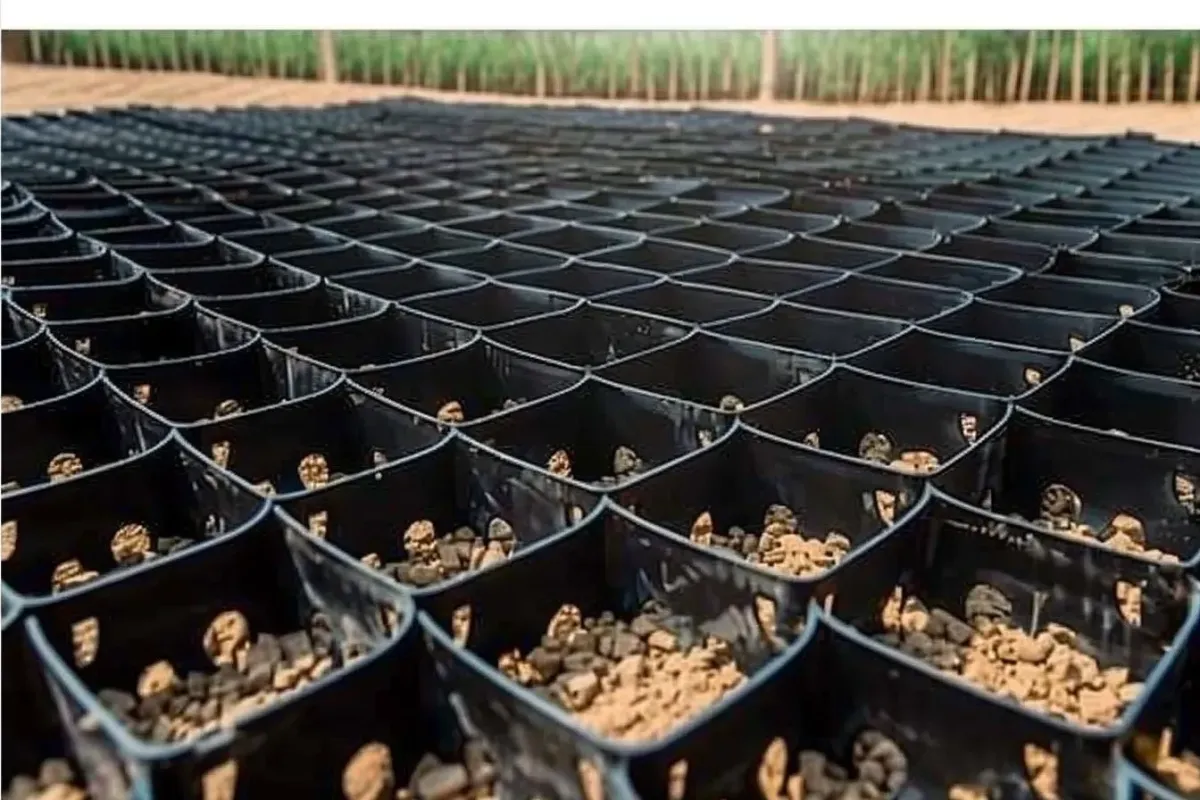

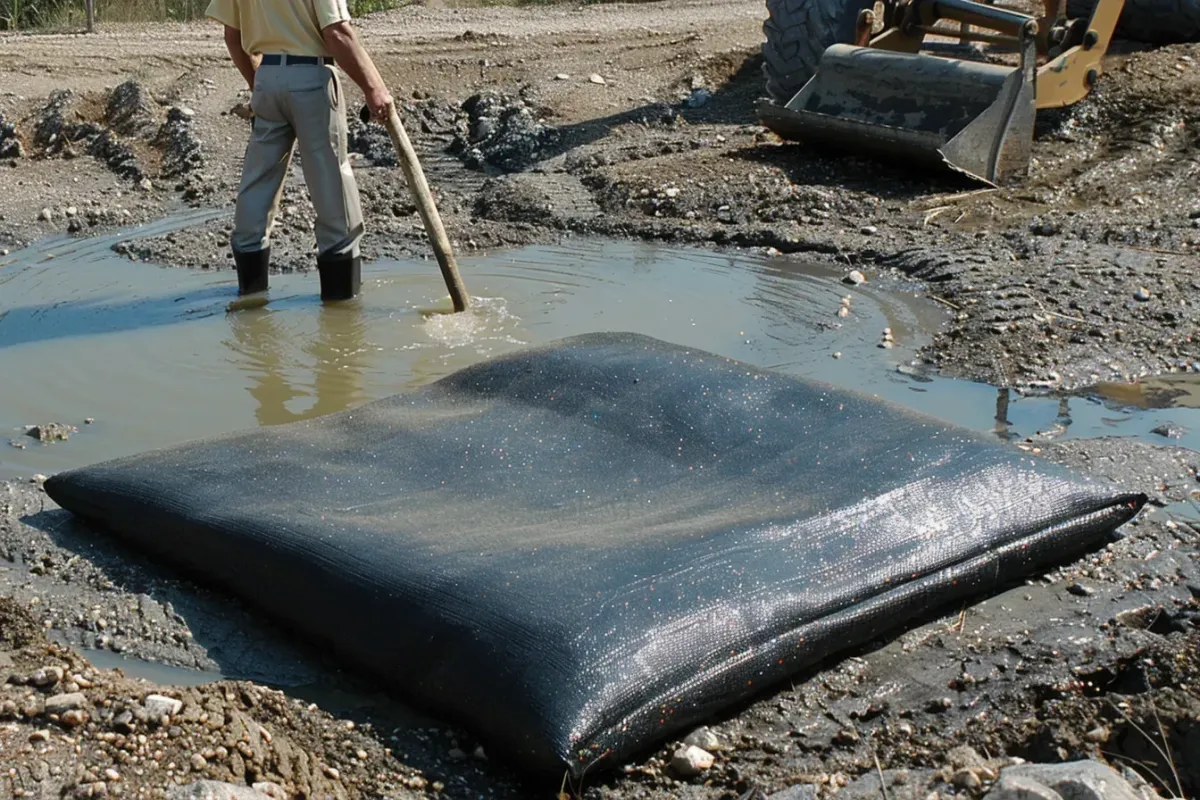
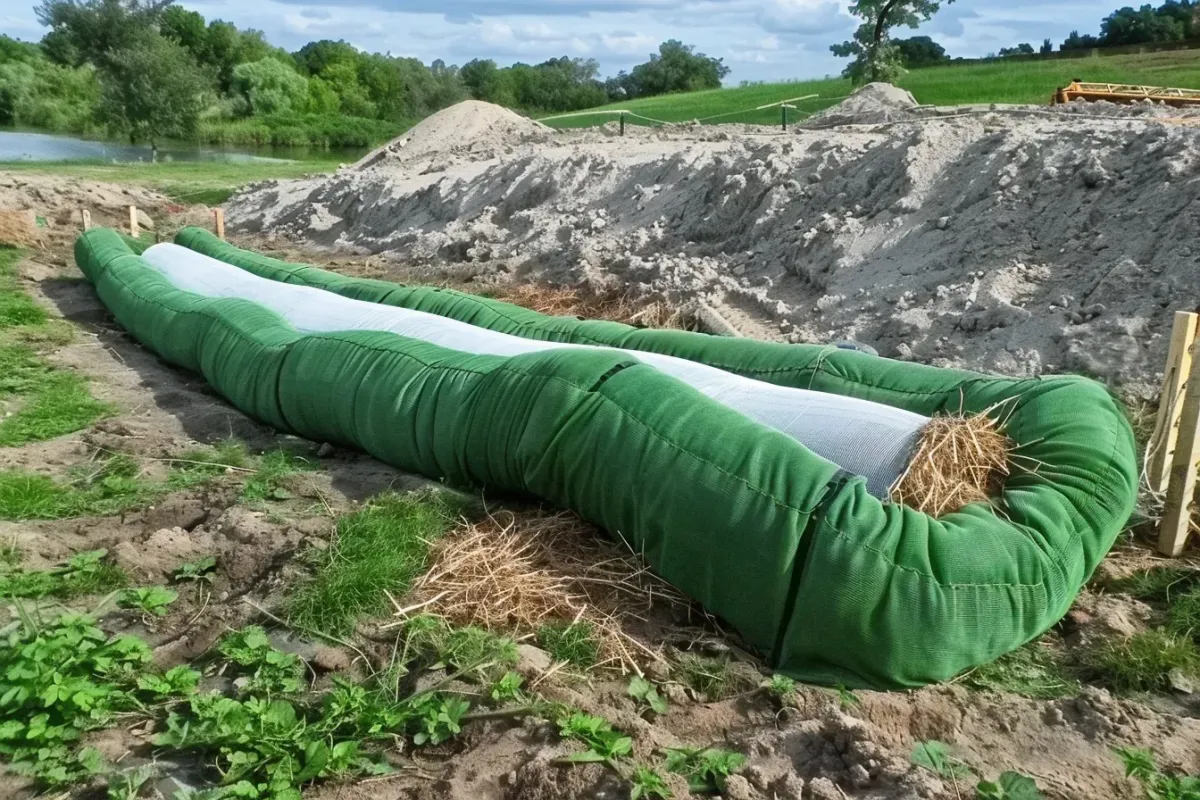
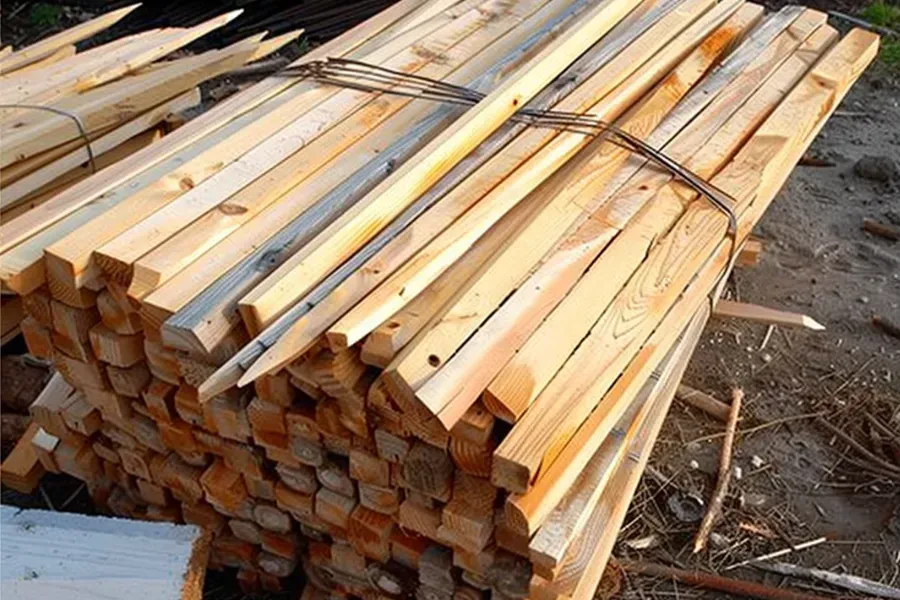
Facebook